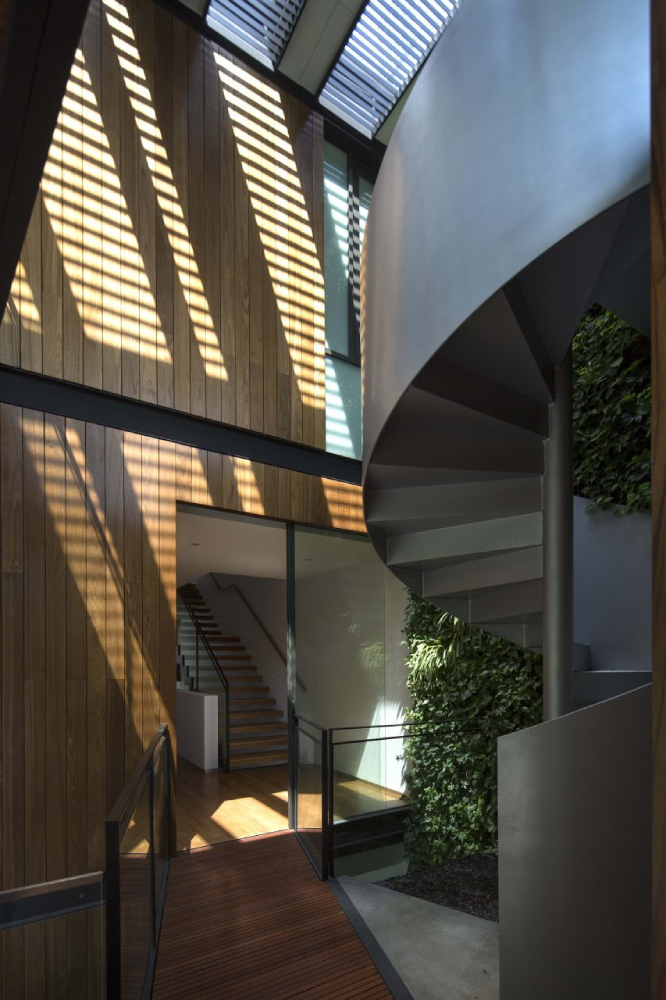4 Sustainable Design Solutions For Humid Climates

Humid climates present unique challenges in building design and construction. High levels of moisture and heat can lead to issues like mould growth, structural damage, and increased energy consumption. However, with the right sustainable design solutions, builders and residential architects in Singapore can mitigate these challenges and create environmentally friendly, comfortable, and durable structures.
Listed below are some innovative sustainable indoor and outdoor design solutions that you can incorporate for your home to combat humidity.
1. Passive cooling techniques
One of the most effective ways to reduce energy consumption in hot and humid climates is through passive cooling techniques. Including features like natural ventilation, shading devices, and cool roofs can significantly decrease the need for mechanical cooling. Cross-ventilation, for instance, allows for the circulation of fresh air throughout the building, reducing the reliance on air conditioning.
2. Materials selection
The risk of mould, rot, and structural decay due to excessive moisture is high in humid countries like Singapore. As such, choosing materials that are mould-resistant, durable, and moisture-tolerant helps combat these challenges, ensuring the longevity of the structure while reducing maintenance and repair costs.

What’s more, opting for sustainable and eco-friendly building materials, such as reclaimed wood, bamboo, and recycled steel, minimises the carbon footprint and supports responsible resource management.
3. Natural landscaping and green roofs
Natural landscaping and green roofs are integral components of sustainable design, as they offer a range of environmental and practical benefits. Natural landscaping, with its use of plants and low-maintenance vegetation, conserves water, promotes biodiversity, and reduces the need for harmful chemical pesticides and fertilisers.

Green roofs, on the other hand, provide excellent insulation, reducing energy consumption and mitigating the urban heat island effect. They may also capture and filter rainwater, reducing runoff and minimising strain on local water supplies. Together, these design elements enhance energy efficiency, improve air quality, and create aesthetically pleasing and environmentally responsible spaces.
4. Elevated foundations
Elevating buildings off the ground can help reduce the risk of flooding and moisture-related issues, which are common challenges in regions with high humidity. This approach not only safeguards the structural integrity of the building but also reduces the need for costly repairs and replacements in the long run.
Additionally, elevated homes allow for improved air circulation, keeping the interior cooler and less prone to mould and mildew growth, which can affect indoor air quality. Overall, elevated foundations contribute to the longevity and resilience of homes in humid climates while promoting a healthier and more comfortable living environment.
Conclusion
Designing sustainable structures in humid climates is not only an environmentally responsible choice but also a practical one. These design solutions not only reduce energy consumption and promote resource conservation but also lead to improved indoor comfort, increased building durability, and lower long-term operating costs.
By implementing these strategies, architecture firms in Singapore can create structures that are better equipped to withstand the challenges of humid climates while contributing to a greener and more sustainable future.

